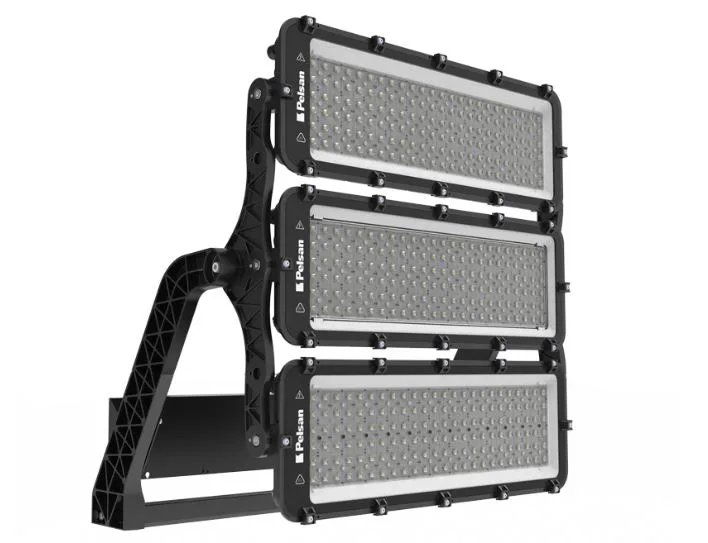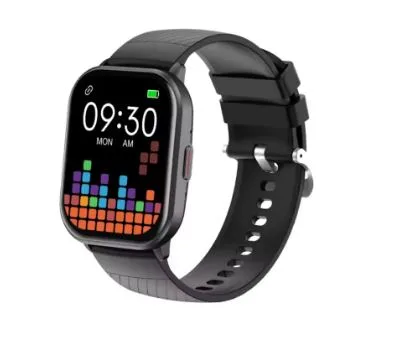What is an LED Projector?
An LED projector is a type of projector that uses light-emitting diodes as its light source instead of traditional lamps or lasers. These projectors are designed to be more efficient, compact, and durable, which makes them appealing for personal and professional use. Unlike lamp-based models, LED projectors do not require regular bulb replacements, which reduces maintenance costs.
In 2025, LED projectors are commonly used in homes, classrooms, and small offices. Their improved design allows for better image quality, silent operation, and lower power consumption. These qualities make them more suitable for users who prefer a simple and reliable projection solution without the need for frequent adjustments or technical intervention.
Manufacturers often highlight their long lifespan, which usually reaches up to 30,000 hours. This means the projector can run for several years without needing a light source replacement, making them a long-term investment for users.
Are LED Projectors Better Than Traditional Models?
LED projectors are not better in every way, but they provide advantages in specific areas. One of the most important benefits is their durability and long operational life. Traditional projectors often require new bulbs after a few thousand hours, which adds to the total cost over time. LED units avoid this issue by using a more stable light source.
However, LED projectors are not always the best choice when it comes to brightness. In well-lit environments or large rooms, models using lamp or laser technology still provide stronger visibility. Most LED projectors are limited to between 500 and 2500 lumens, which is enough for dark or semi-dark rooms, but not ideal for daytime presentations without blackout curtains.
From a color perspective, LED projectors have improved significantly. Many current models support HDR and wide color gamuts. While they still lag behind high-end laser projectors, the difference is smaller than it was a few years ago. The best LED projectors now offer good contrast, stable color performance, and acceptable sharpness for movies, gaming, and basic presentations.
How Long Does an LED Projector Last?
One of the main reasons people choose an LED projector is its long lifespan. Most models in 2025 come with a rated lifespan of 20,000 to 30,000 hours. This figure refers to the time the light source stays usable before losing significant brightness.
In everyday use, this translates to nearly a decade of viewing, assuming average daily usage of 3 to 5 hours. Unlike lamp-based models, LED projectors do not show sudden brightness drops or failures. Instead, the light fades gradually, giving users time to prepare for a replacement or upgrade.
Other parts like fans or internal components might need attention earlier, especially if the projector runs in hot or dusty conditions. Proper ventilation and regular cleaning can extend the life of the entire system and reduce noise buildup caused by clogged fans.
Is an LED Projector a Good Choice for Home Use?
Yes, an LED projector is a good option for home use if the viewing area is relatively dark and screen size expectations are realistic. These devices are compact and often include built-in smart TV functions, making them easy to set up without extra devices. Native 1080p resolution, HDR support, and a brightness of at least 1000 lumens are recommended for enjoyable viewing.
Gamers should pay attention to input lag, as some LED projectors are not optimized for fast-paced gaming. However, many models released in 2025 offer game modes that reduce latency, making casual gaming possible. Users interested in sports or fast-moving content should still test performance before purchase.
Most built-in speakers are not strong enough for immersive sound. To improve the experience, an external speaker system or soundbar is necessary. For people already using home cinema setups, LED projectors can integrate easily and work well as the visual output source.
Are LED Projectors Energy Efficient?
LED projectors consume less power compared to lamp or laser models. On average, power usage ranges between 50 and 150 watts, depending on resolution and brightness levels. This makes them ideal for frequent use without adding much to electricity bills.
The reduced energy demand also leads to quieter operation. Lower heat output means that fans don’t have to work as hard, which minimizes internal noise. For users in smaller spaces, this creates a better viewing environment without distraction.
This efficiency also makes them practical for mobile setups. Many portable LED projectors include internal batteries or power banks. While brightness on these models is lower, their ease of use in travel or temporary installations adds flexibility that traditional projectors cannot match.
What Should You Look for in a 2025 LED Projector?
Not all LED projectors are equal, so choosing the right one depends on use case and environment. Key specifications to consider include:
- Brightness of at least 1000 lumens for indoor use
- Native resolution of 1080p or higher
- HDR support for improved contrast
- Low input lag for gaming and fast content
- Smart features like Android TV or built-in streaming apps
Some users prioritize portability, while others want full integration into a fixed home theater system. In both cases, checking for HDMI 2.0 ports, Wi-Fi support, and audio output options is essential.
Local retailers like Pelsan (projektör), known for lighting and display solutions, also offer a growing range of LED projectors alongside their traditional lighting products. Exploring local options can be useful when after-sales support or warranty service is important.
When is an LED Projector Not the Right Choice?
While LED projectors are useful for many users, they are not suitable for all scenarios. If a projector will be used in bright rooms with no control over ambient light, LED models often underperform. The brightness levels they offer are not enough for clear visibility in daylight or large venues.
Professional settings where color accuracy is critical should also consider alternatives. Laser projectors provide higher brightness and finer control over color and image uniformity. In these environments, LED models will fall short, especially when accurate calibration is needed.
Finally, those looking for 4K native resolution must check specifications carefully. Many LED projectors accept 4K signals but display them using lower native resolutions with upscaling. This can be acceptable for casual viewing but not for users who want pixel-perfect clarity.
Final Thoughts: Are LED Projectors Worth It in 2025?
LED projectors are worth it in 2025 for people who value long-term durability, low energy consumption, and simple operation. They are ideal for home theaters, small rooms, or personal viewing spaces where lighting can be controlled.
They are not suitable for every scenario. Large venues, professional environments, and users who need high brightness should consider other projection technologies. However, for most home users, LED projectors strike a balance between performance, cost, and convenience.
Before buying, it’s important to check real brightness levels, native resolution, and supported features. Reading user reviews and checking trusted sources is more valuable than relying solely on product specs. When chosen for the right purpose, LED projectors can offer excellent value and a long-lasting viewing experience.





